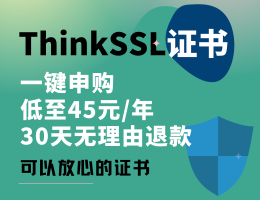每个类都隐式地定义一个接口,该接口包含类的所有实例成员及其实现的任何接口。如果您想创建一个类A,它支持类B的API而不继承B的实现,那么类A应该实现B接口。
~~~
// A person. The implicit interface contains greet().
class Person {
// In the interface, but visible only in this library.
final _name;
// Not in the interface, since this is a constructor.
Person(this._name);
// In the interface.
String greet(String who) => 'Hello, $who. I am $_name.';
}
// An implementation of the Person interface.
class Impostor implements Person {
get _name => '';
String greet(String who) => 'Hi $who. Do you know who I am?';
}
String greetBob(Person person) => person.greet('Bob');
void main() {
print(greetBob(Person('Kathy')));
print(greetBob(Impostor()));
}
~~~
这里有一个例子,说明一个类实现多个接口:
~~~
class Point implements Comparable, Location {...}
~~~
>译者注:仔细阅读本章的示例代码去理解继承和接口实现的差别
>
